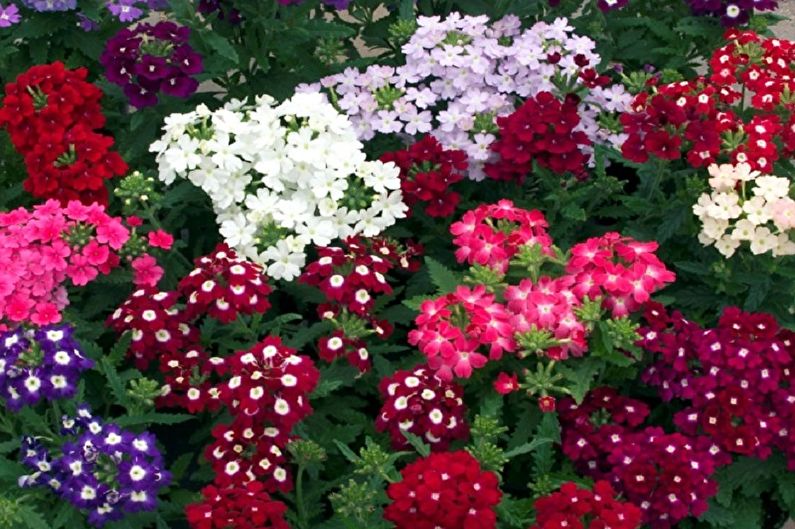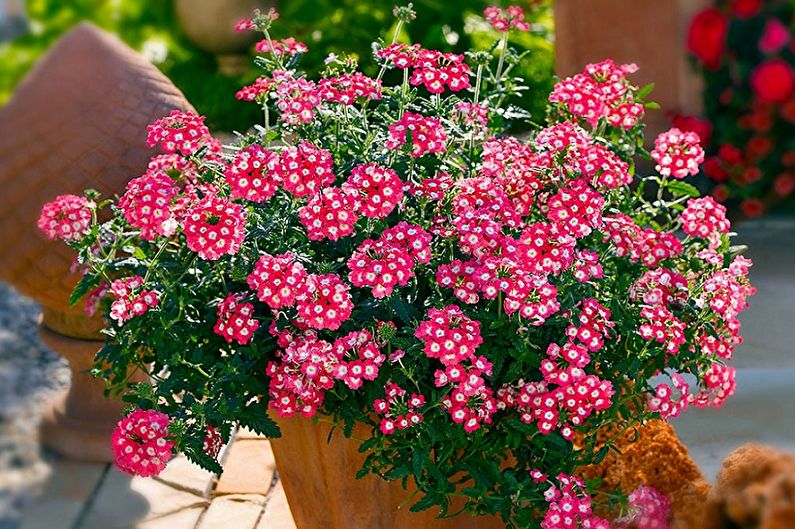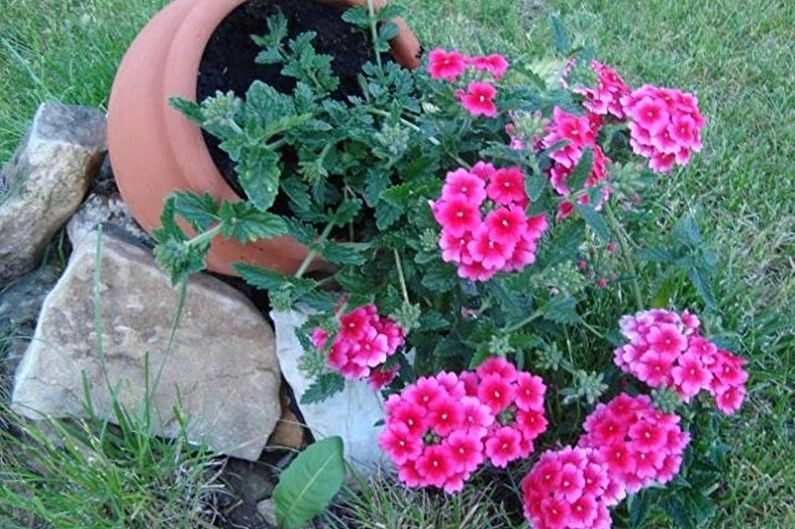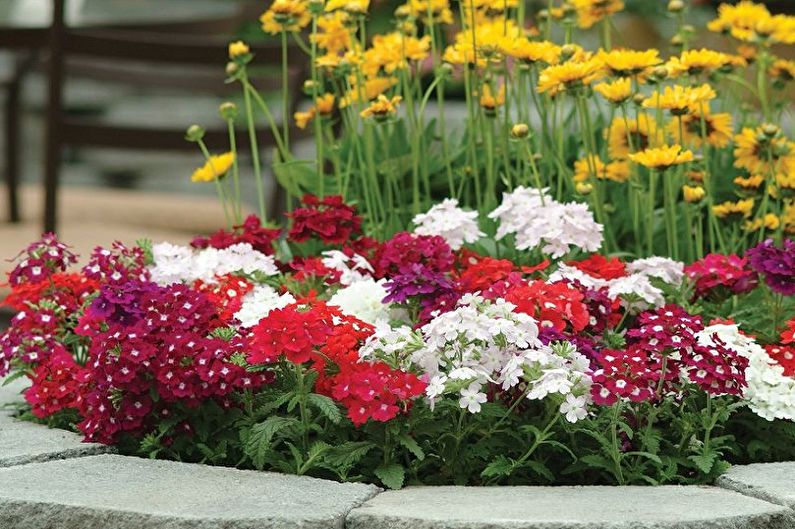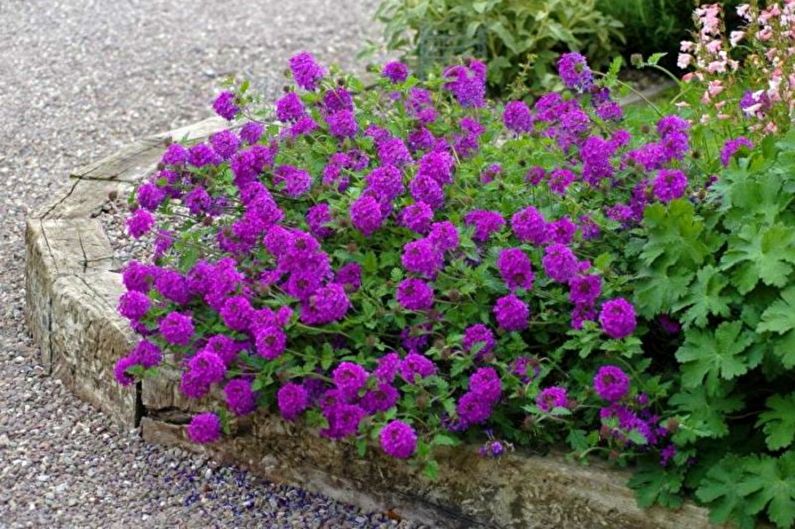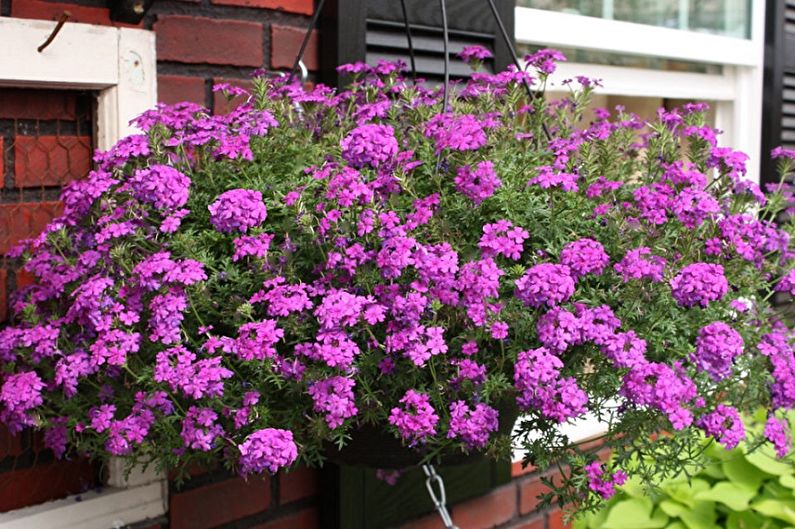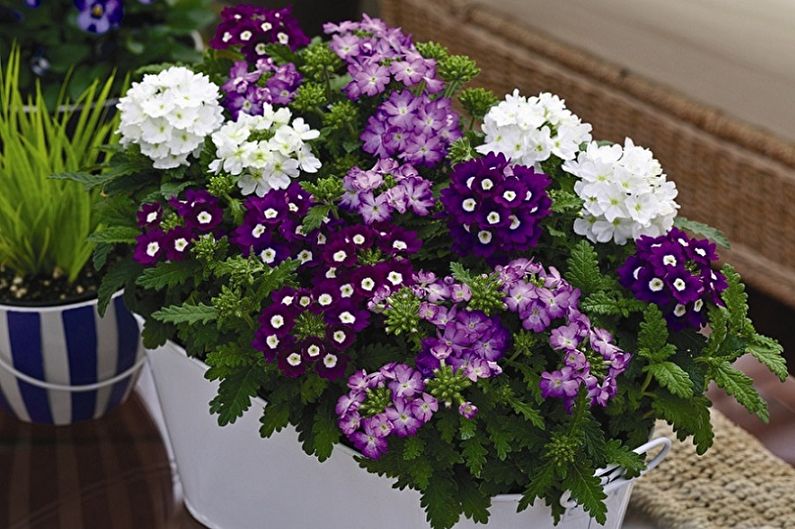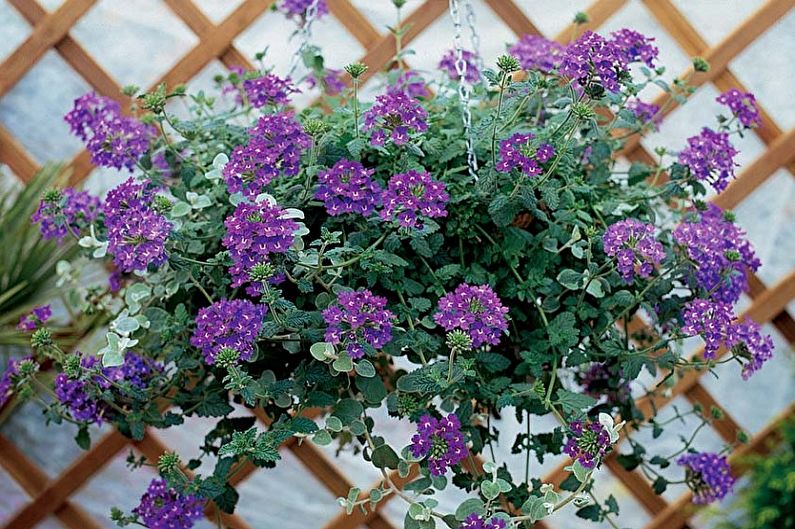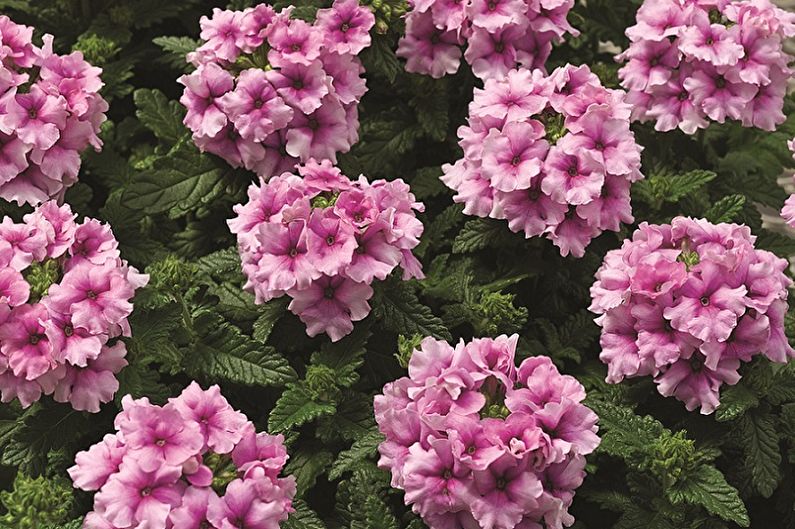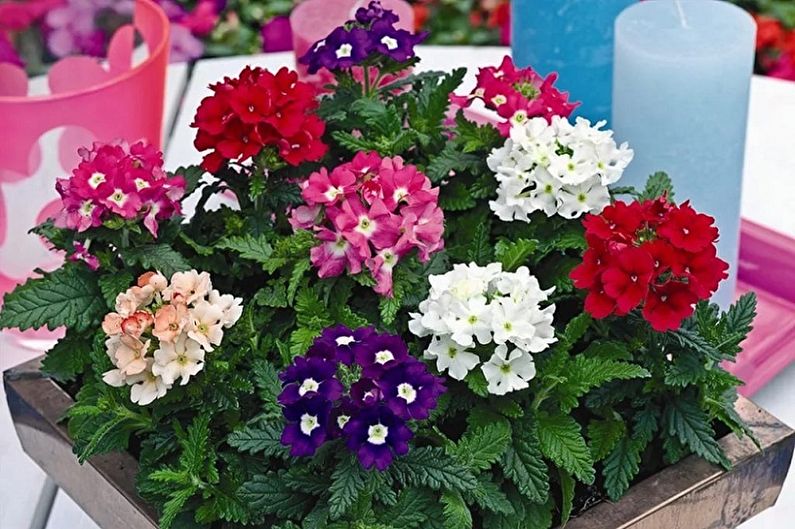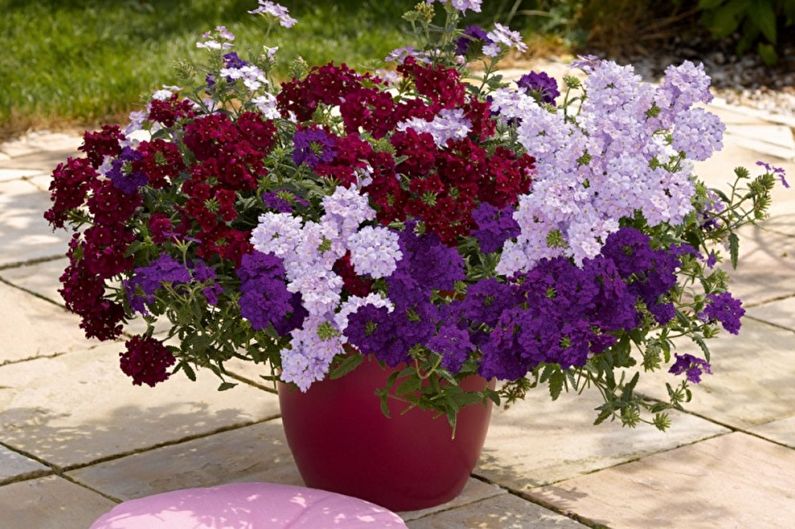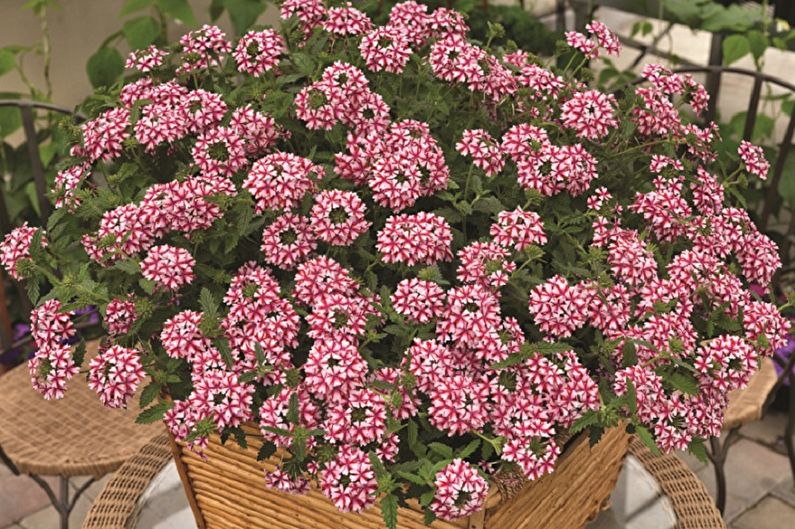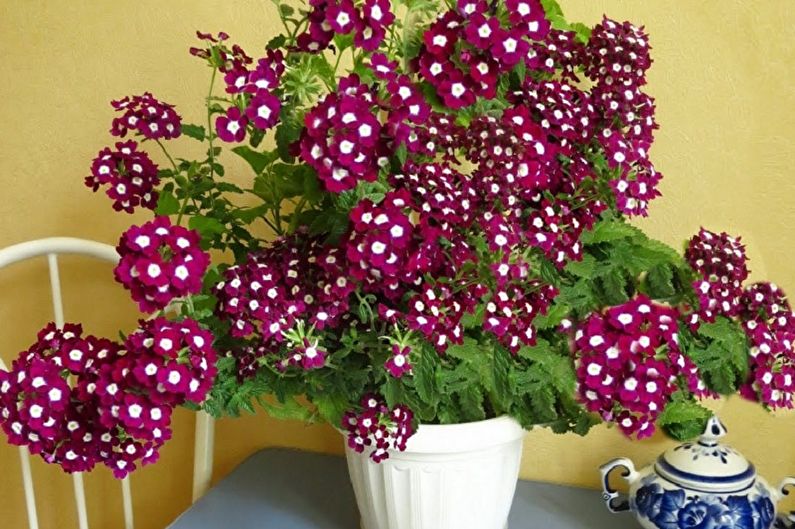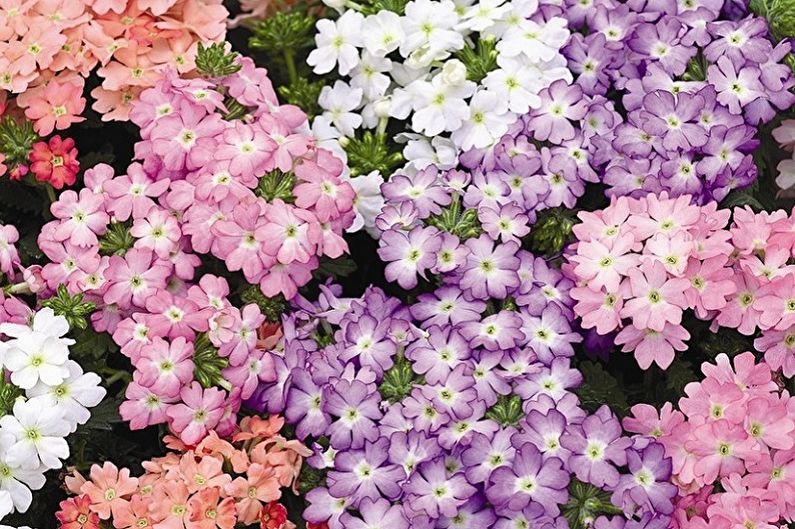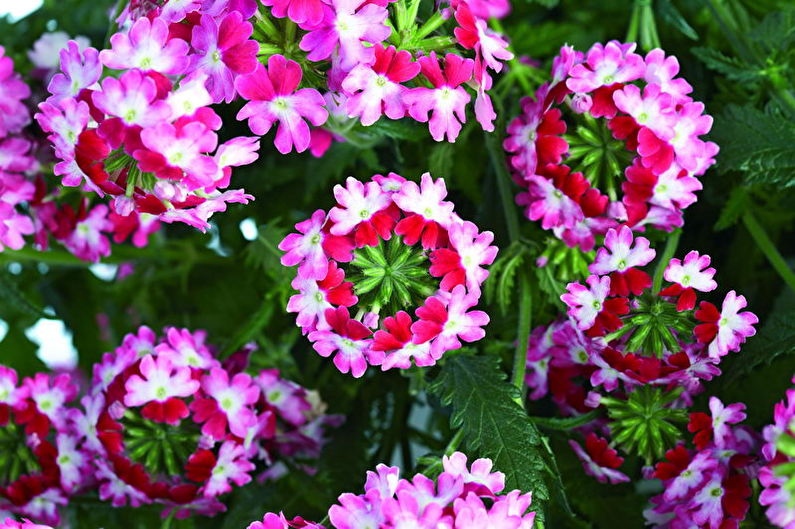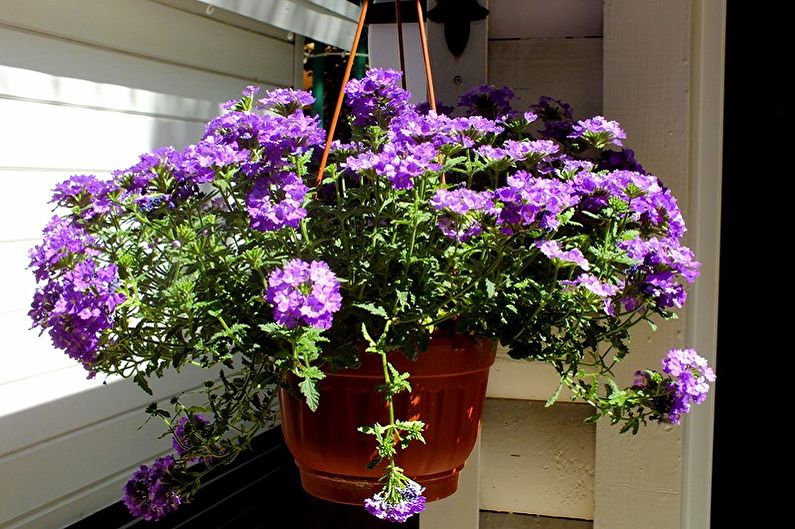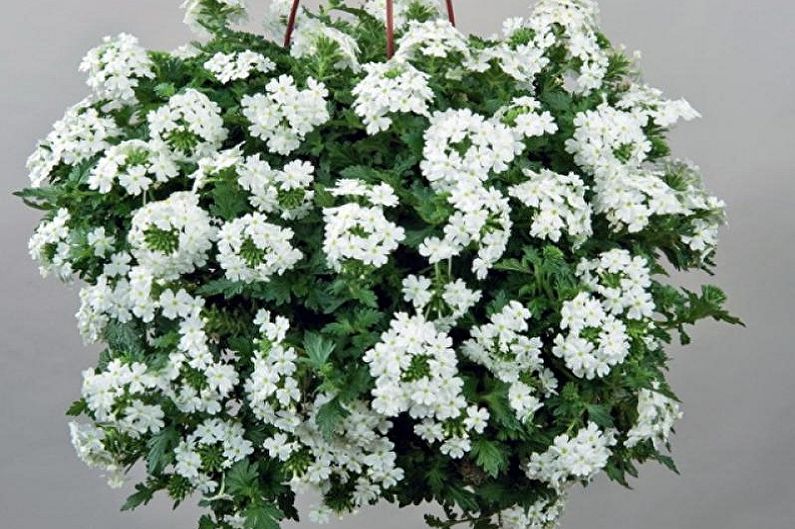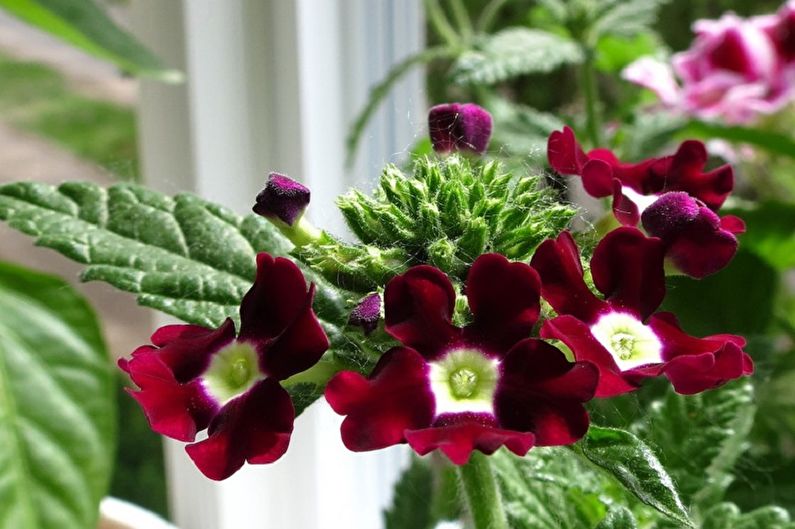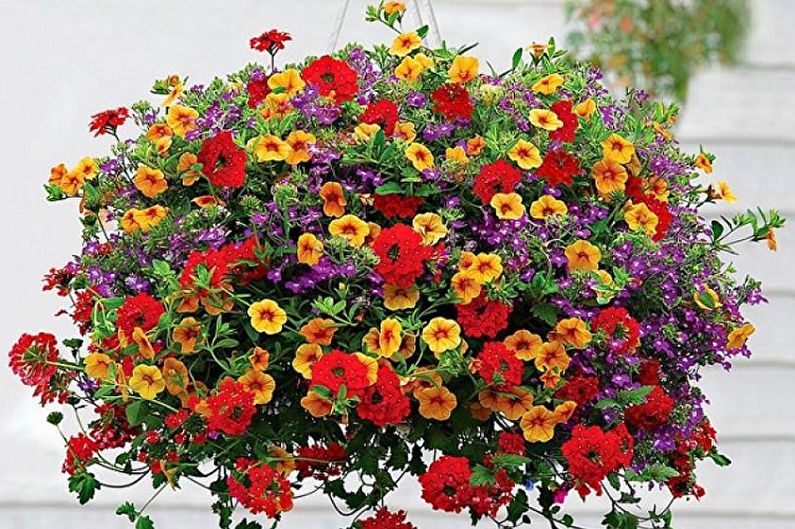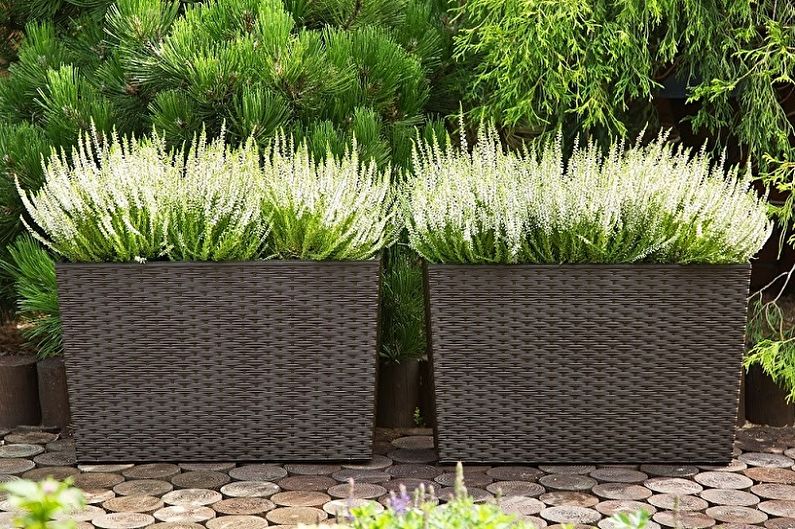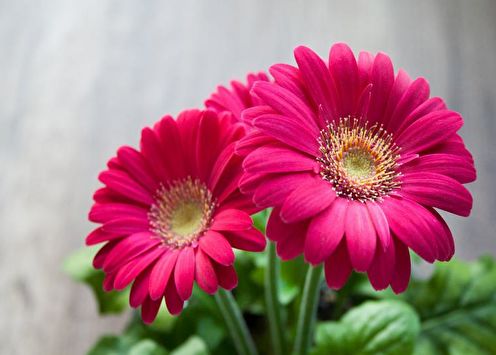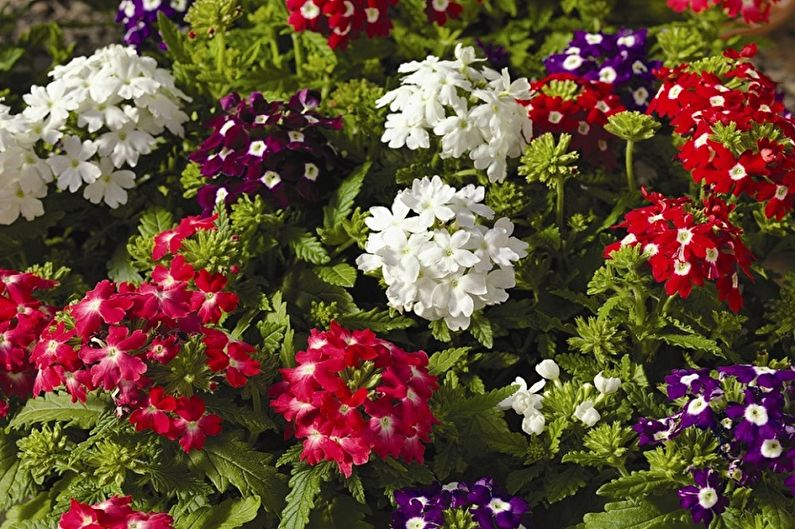
Verbena is a plant that is very popular among gardeners, and is also widely used in medicine. Its beautiful flowers adorn not only household territories - located in hanging flowerpots and flowerpots, they perfectly decorate terraces, balconies and loggias. The plant has a very long history of existence, originating from the time of ancient civilizations. In India, Egypt, Greece, verbena was considered a sacred culture, which was used in religious rites, medicine. She is still shrouded in a mystical halo, she is the guardian of the hearth, well-being and welfare.
The main types
The birthplace of this wonderful plant is South America, but it has spread widely throughout Eurasia and North America, cultivated as an annual. Today, there are about 200 of its species, but not all of them are popular in floriculture - hybrid varieties are preferred.
Fragrant verbena (lemon)
This name was given to one of the species due to the ability of its leaves to emit a lemon smell during friction. If you taste them, you can feel a slightly sour taste similar to lemon basil. The bush itself is quite large and lush - its height reaches 2 m. Snow-white flowering can be observed from mid-summer to mid-autumn.
Another advantage of this species is its amazing healing properties, due to which the culture is widely used in medicine and cosmetology. Essential oil is extracted from the leaves, which serves as an antiseptic and antibacterial agent, which helps well with colds, neurosis, digestive system problems, as well as in the fight against skin diseases.
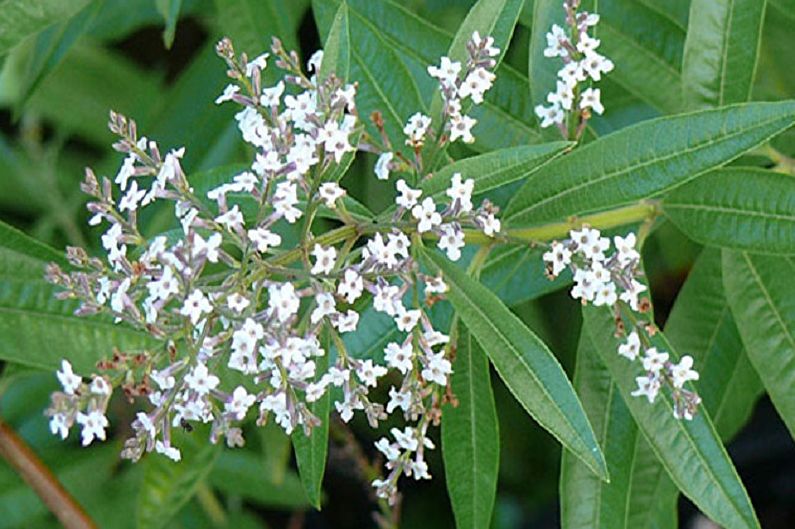
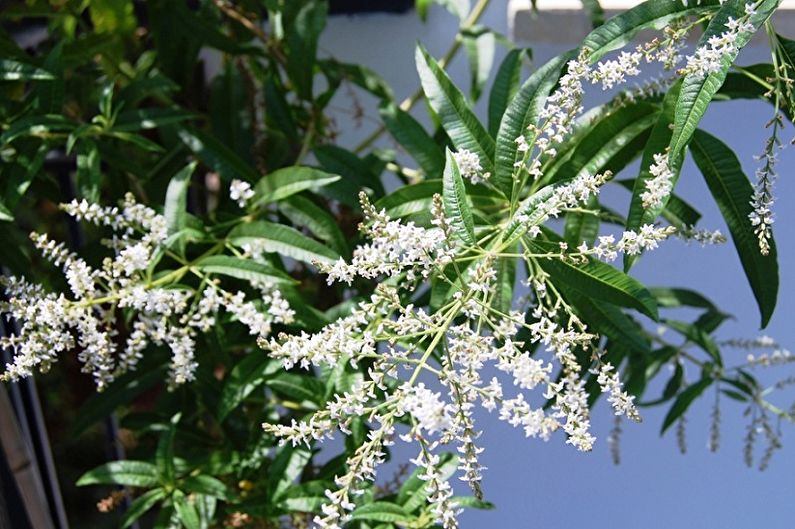
Verbena large-flowered
This is a hybrid look that differs sharply in large sizes of flowers up to 10 cm in diameter. The color palette includes many shades of purple, snow-white, blue, and lilac tones. The yellow-green center with a white border, located in the middle of each bud, gives a special beauty, so this view is one of the most decorative. Large-flowered verbena begins to bloom in spherical inflorescences in early July and ceases to bloom only when frost sets in. Here are two of the most popular varieties, namely:
"Tuscany" - small bushes up to 25 cm high. Blossoms all summer until late autumn with white, lilac, purple color;
"Ideal" - has straight stems up to 30 cm, blooms with a large color spectrum.
This species is widely used in open areas where lush flower beds are arranged.
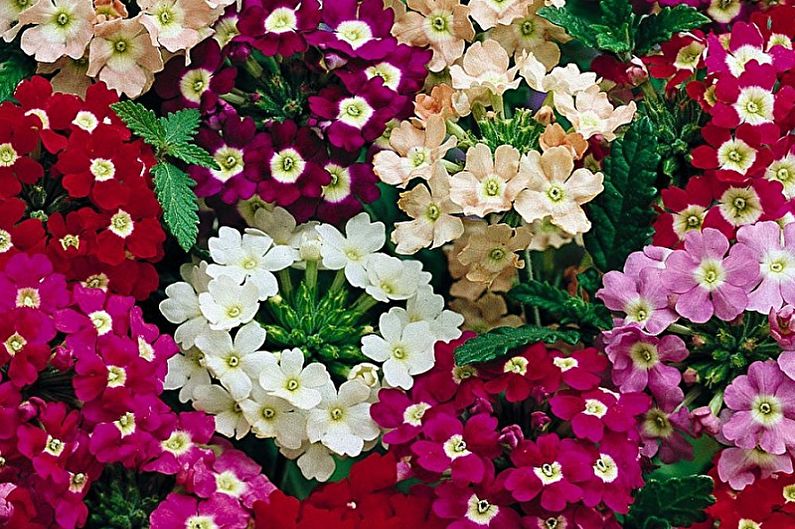
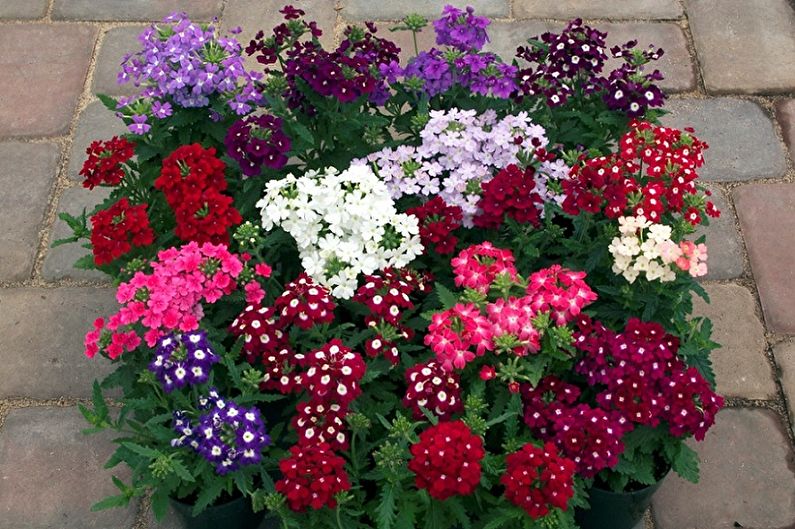
Verbena bonar
This species has thin straight stems branching in the upper part. Although the length reaches 1.5 m, the culture does not need a garter or supports. It has rare foliage, concentrated in the lower part, and small inflorescences gathering in complex umbrellas. The buds initially have a purple hue, which, when opened, turns into lilac. Flowering continues for a rather long period, ending only in late autumn with the formation of a fruit with seeds. The plant is absolutely not demanding in care - just settle it in a sunny place.

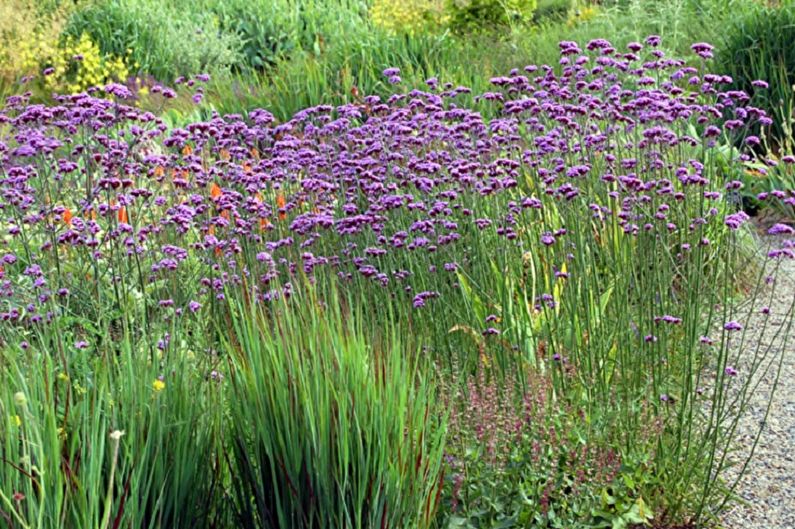
Verbena is beautiful
Indeed, this variety has a completely fair name. The leaves are very beautiful, have dissected edges and noticeable bizarre streaks, and small flowers boast a rich palette: white, blue, lilac, cherry and lavender. The most popular representative of the species is the Lunar River variety, which has excellent aesthetic indicators.Its small bush (up to 30 cm) has branching stems that form a lush rug of purple flowers with a snow-white center. Such beauty can be observed throughout the summer and autumn.

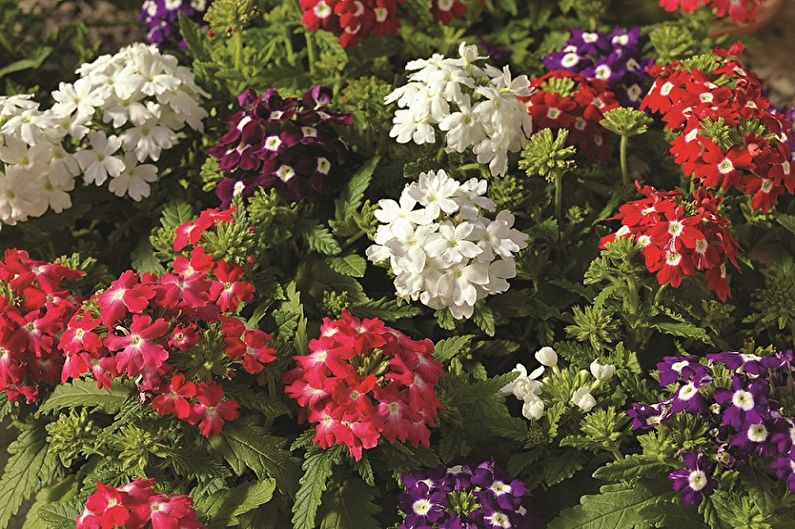
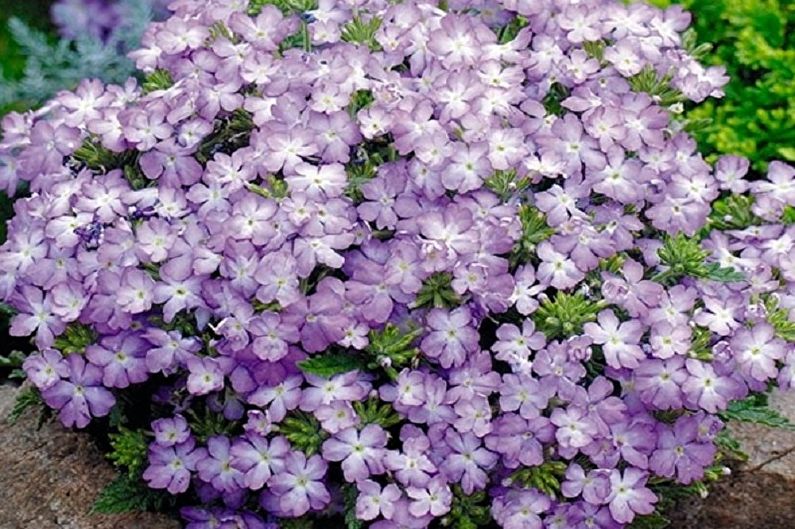
Verbena officinalis
It can not be called the most beautiful, but the benefits of this species are undeniable. It is also called "witching grass", "holy grass", "tear of Juno." It has very small flowers of lilac color, and after flowering forms fruit nuts. The value of the plant is that it contains many useful substances - essential oil, vitamin C, steroids, trace elements, etc. An interesting fact is that the plant can often be found in nature in the form of a weed. In home cultivation, it is also unpretentious in care, capable of propagating by self-sowing.
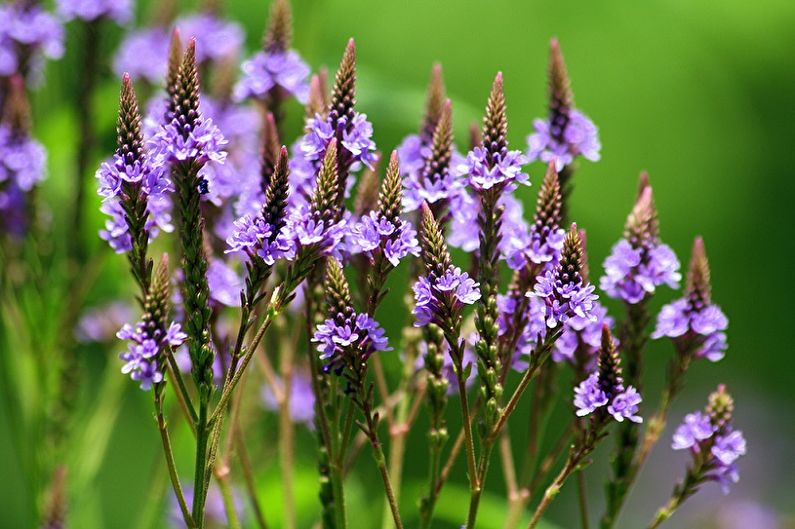
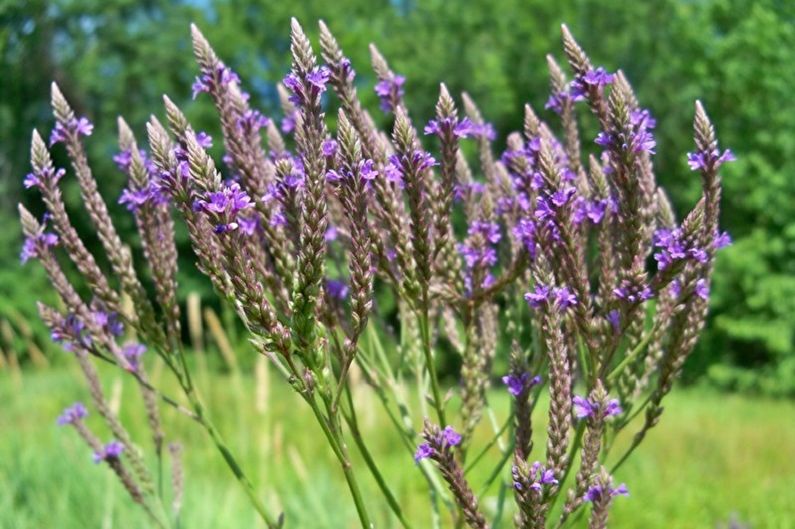
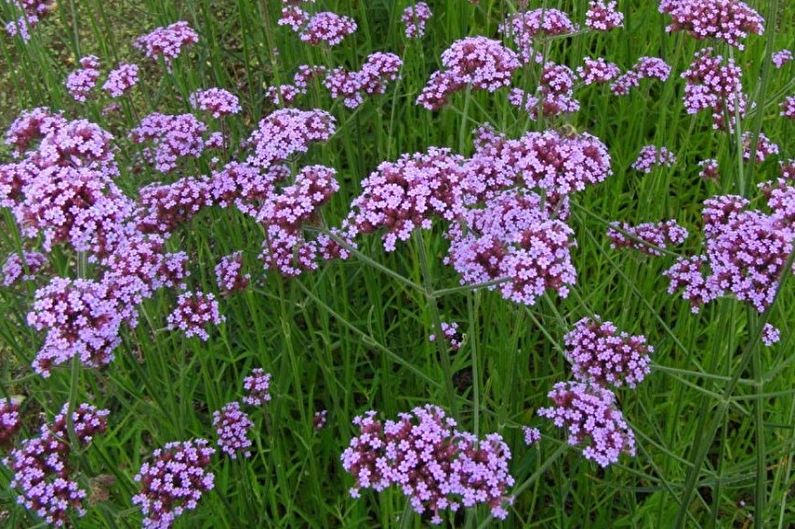
Hybrid Verbena
Hybrid verbena, which has a variety of plant forms - tall, dwarf, groundcover, ampelous, is also very popular. Coloring different varieties is also able to surprise with a huge range of colors, including shades such as peach and orange.
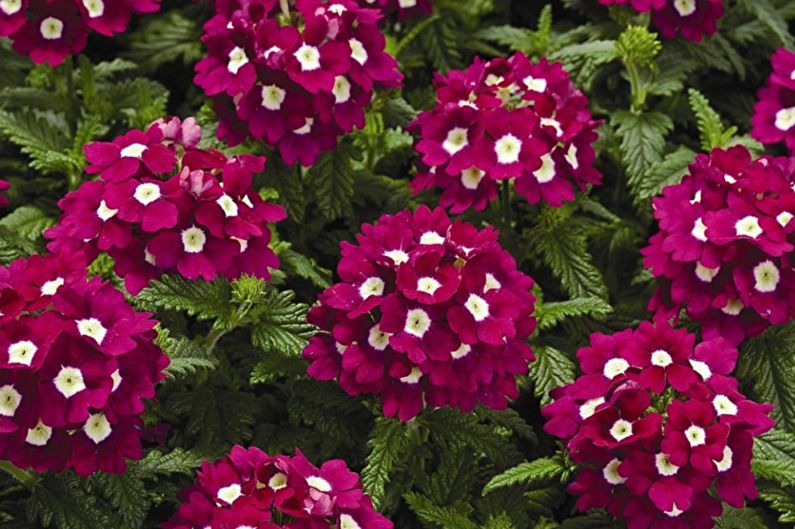
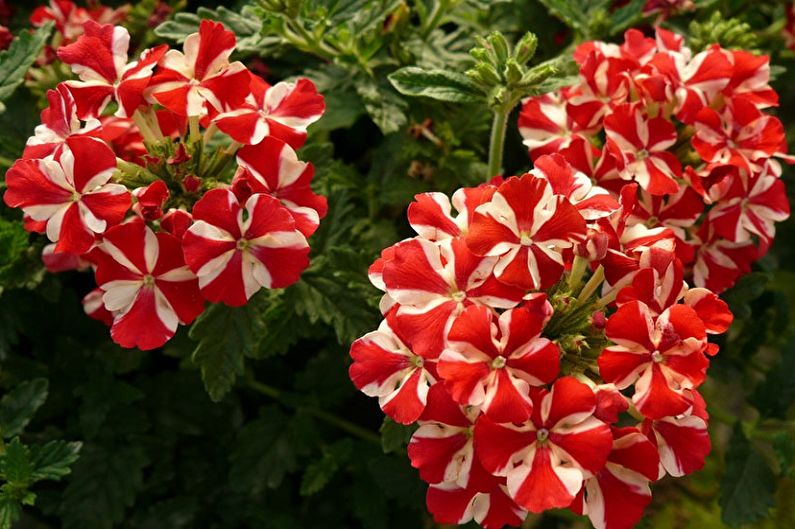
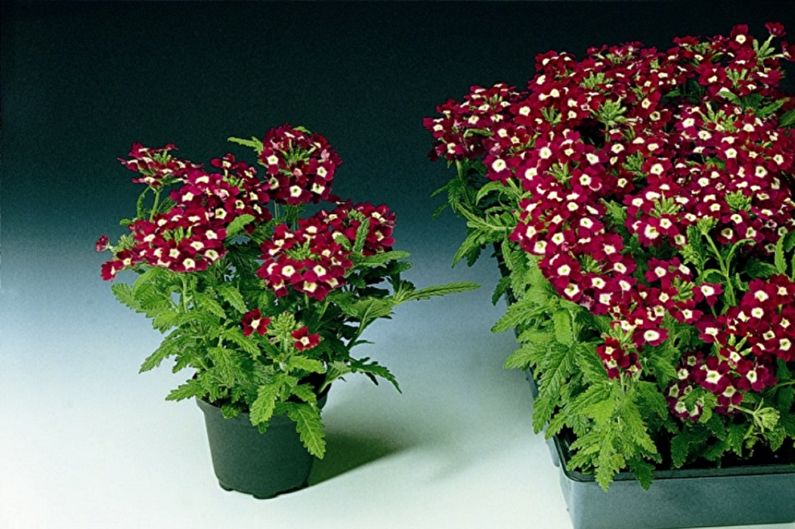
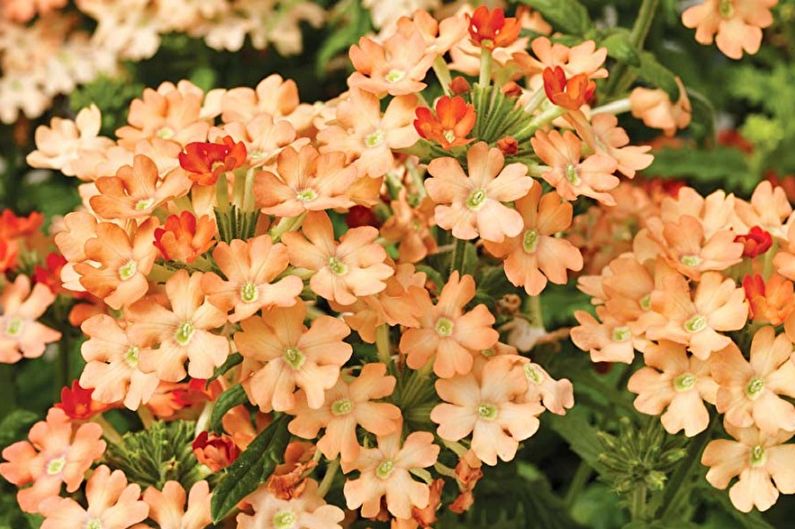
Proper Verbena Care
Proper plant care is an important component of its healthy development. Paying proper attention to the culture, you can create a whole lush greenhouse on your site, which will shine by the riot of a variety of colors by mid-summer and will delight flowering until mid-autumn.
Lighting
Culture loves good lighting. It equally well tolerates both bright sunlight and partial shade. Nevertheless, if there is a desire to achieve the most violent flowering, it is necessary to plant it on a sunny territory. At home, flowerpots are preferably installed on windows or balconies overlooking the south side.
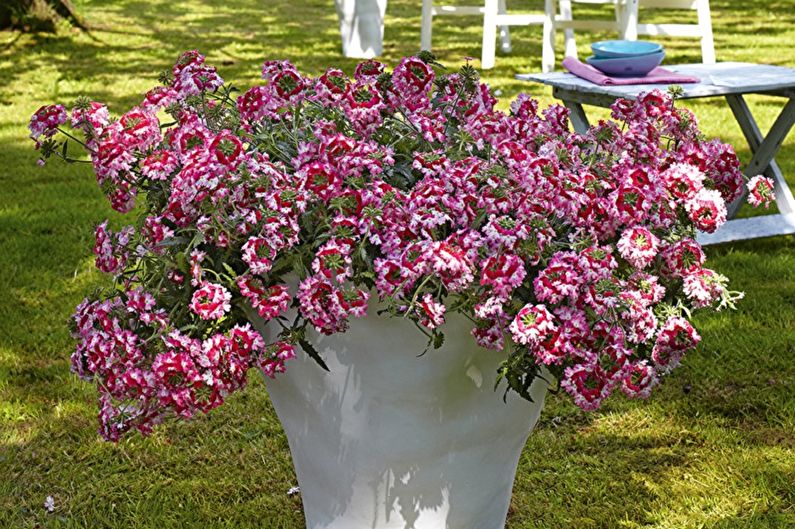
Temperature
Verbena is a heat-loving plant, although it is able to tolerate frosts to -3C. It develops best and blooms in the temperature range + 16 ... + 25C. On especially hot days, moisturizing helps her.
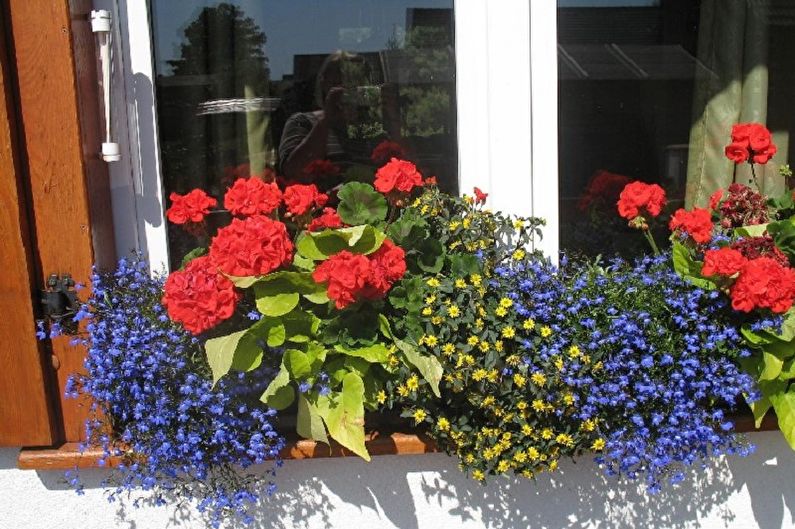
Humidity
Verbena is very fond of moisture, but in moderation. Increased dampness of the soil can lead to the appearance of fungal diseases of the root system, therefore, areas where water stagnation can be observed must be equipped with a drainage system. Ampel verbena is especially sensitive to waterlogged soil.
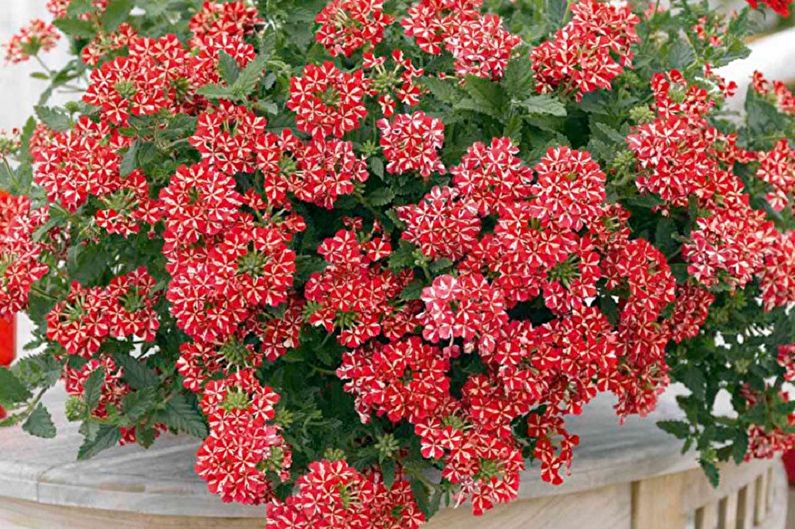
Watering
The crop needs especially careful regular watering in the first half of summer. By autumn, the frequency of watering is reduced, and closer to the winter period - completely stopped. To provide the plant with comfortable conditions, in dry weather you need to regularly loosen the ground under it, providing air access to the roots. Also, active seedlings need young seedlings of the plant.
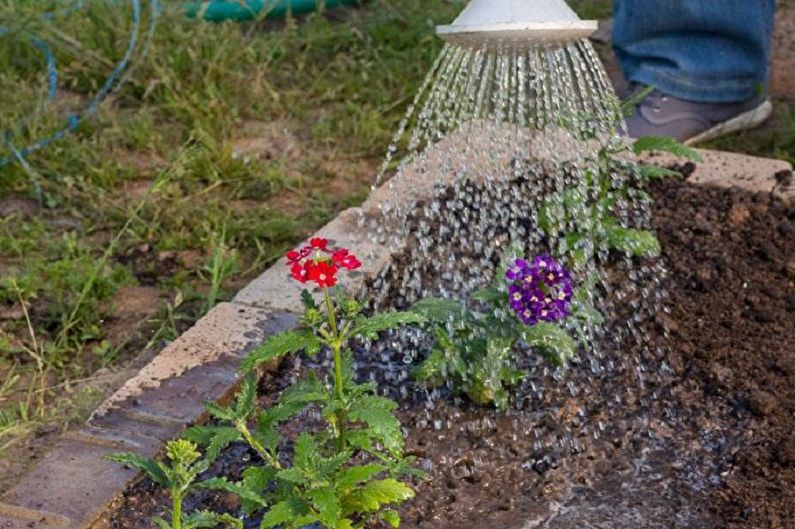
Fertilizers and fertilizing
An important component of proper care is plant nutrition. For this, both mineral and organic fertilizers are used. Complexes of mineral components are added 3-4 times per season to the soil, and organic ones only once so as not to increase the level of nitrogen in the soil. With more frequent feeding, verbena will have lush greens, but flowering will disappear. In hot weather, it is necessary to place mulch on the soil, which will retain moisture.
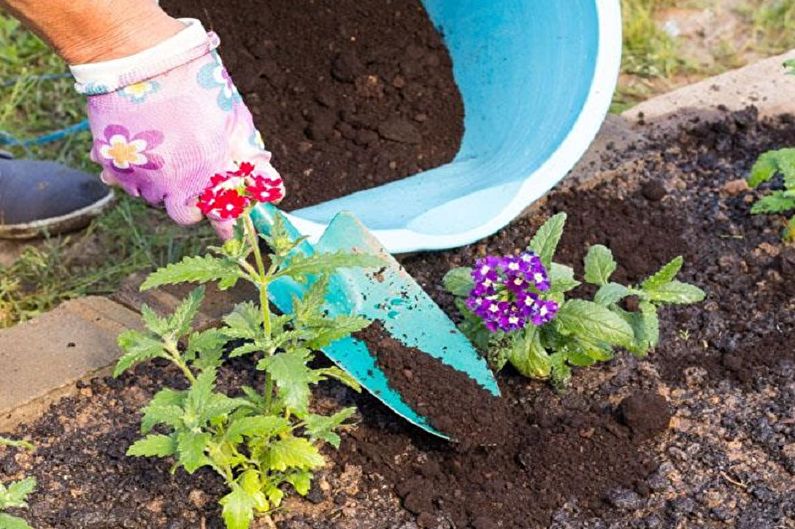
Pests and diseases
Verbena does not belong to the category of plants prone to various kinds of diseases. Diseases that can develop are most often associated with improper or poor-quality care. These include:
- "Powdery Mildew", manifested by the appearance of whitish spots. The cause of the disease is excessive watering, high humidity. The diseased culture is most often removed, but you can try to cure with foundationazole. For the prevention of the disease, spraying with bitertanol can be used.
“The Black Leg is also a consequence of waterlogging. Its course is accompanied by the appearance of a fungus, which is quite difficult to get rid of. It is important to properly organize watering.
In addition to these diseases, the plant can suffer from pest attacks, the most dangerous of which are aphids, ticks and thrips. They are so small that it is almost impossible to make out with their naked eyes. The plant fades very quickly, becomes stained, dies. For treatment, insecticide treatment is required.
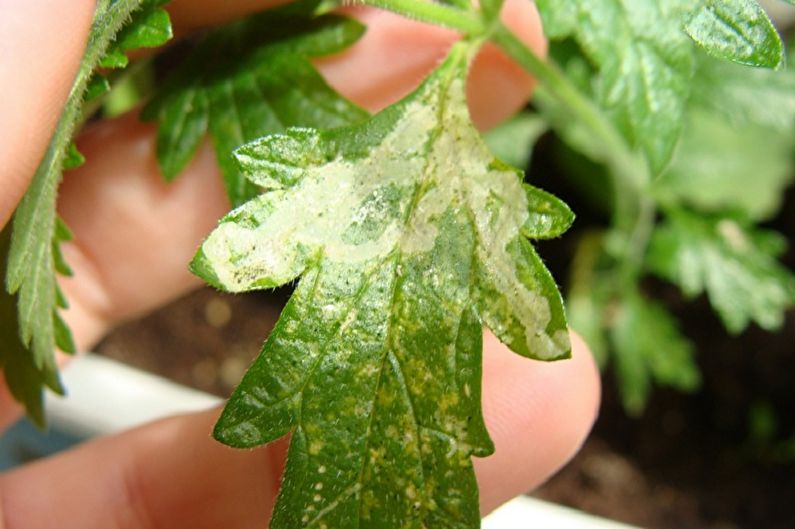
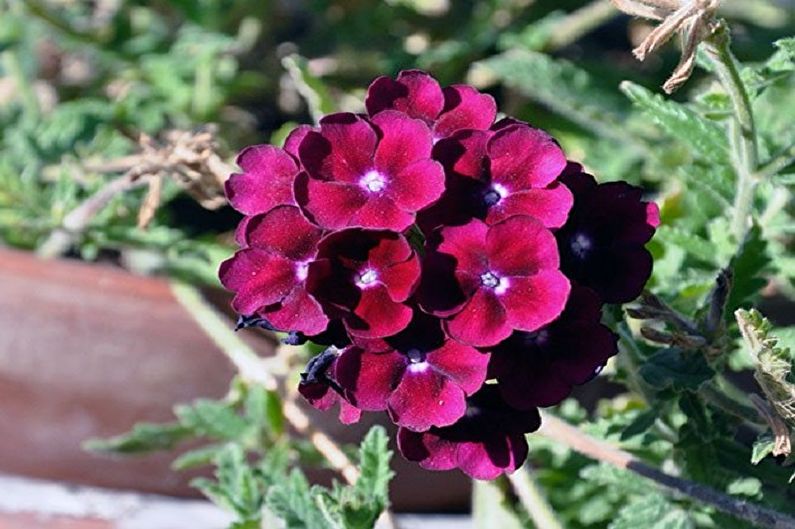
How to transplant verbena
For transplanting into open ground, you must initially determine the place. Since the culture is completely picky, it can be “settled” in any corner, but the best conditions are sunny areas with fertile soil. It is desirable that there is no stagnation of water - it is possible to provide drainage from crushed stone, expanded clay or removal of excess moisture.
The transplant process is carried out in late spring, with the establishment of warm weather. In the autumn, it is better not to do this, as prolonged cooling can be fatal. The soil needs to be dug up by adding complex mineral fertilizers (2 tbsp.spoons per 1 sq.m) and humus (5 kg / 1 sq.m). Then, holes are formed to the size of the root system with an earthen lump and watered. The shrub is "seated" in a hole, sprinkled with earth and lightly compacted. Immediately after planting, good watering is required. The distance between the holes is from 20 to 50 cm, depending on the compactness of the bushes.

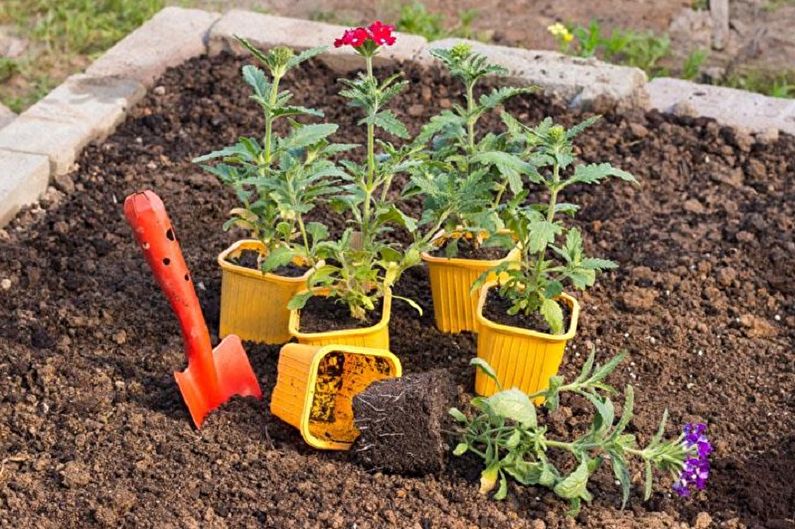
Propagation at home
Verbena can be propagated in two ways - seeds and cuttings. Growing seedlings from seeds allows you to see lush inflorescences earlier, so this method is more common among gardeners. If it is necessary to obtain valuable and highly decorative varieties, the cuttings are used.
Verbena propagation by seeds
The process of sowing seeds for seedlings begins in early spring. For this, the material must be soaked for several days in warm water. In pre-prepared boxes, soil is mixed with sand and peat. Seeds are immersed to a depth of half a centimeter, lightly sprinkled, moisturized. The container must be covered with glass or film, creating a mini-greenhouse. The box should be in a warm, lit place. The optimum temperature regime for germination is + 18 ... + 20C.
Every day the greenhouse is aired, removing condensate, and the soil is sprayed. The first shoots appear after 3-4 weeks - then the container is transferred to a cooler place. After another month, the sprouts can be transplanted in separate pots, and the culture is planted in open ground with the establishment of warm weather.
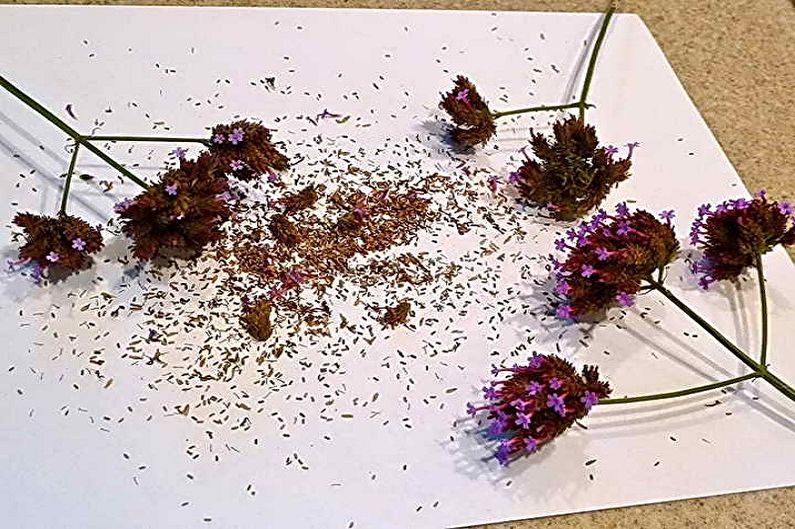
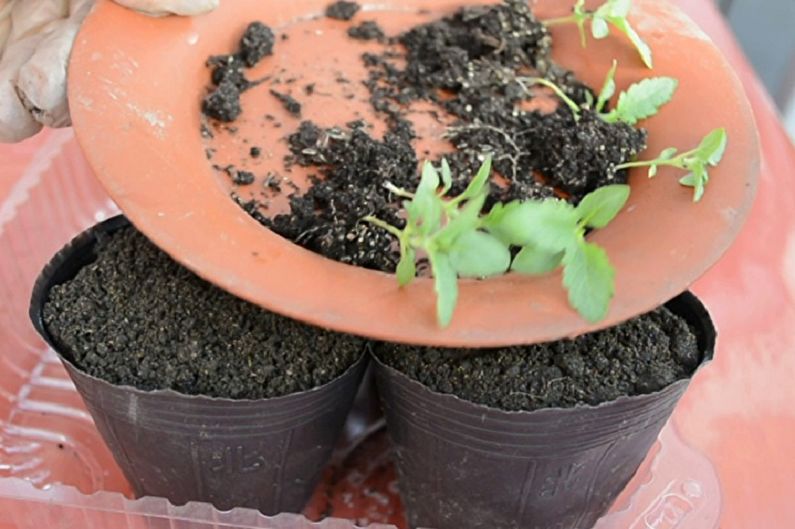
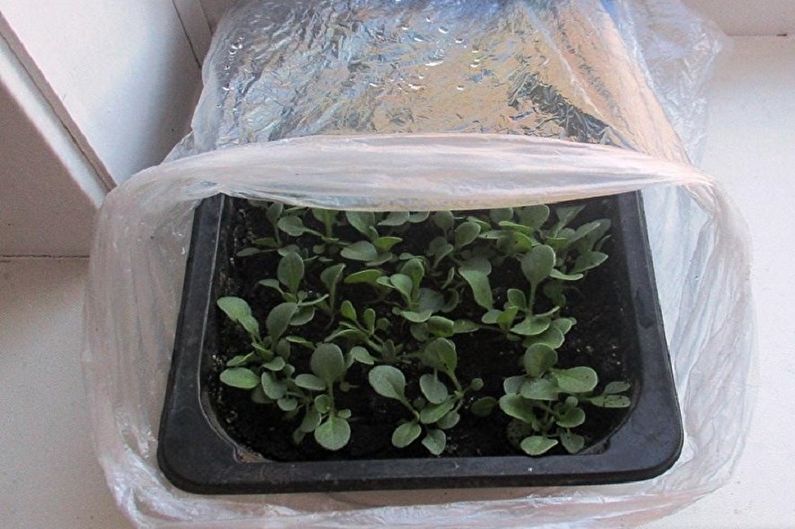
Verbena propagation by cuttings
To propagate the view you like this way, you need to dig an adult bush in the fall and move it to a room (basement) with a fairly low plus temperature. With the onset of spring, cuttings are separated from the tops of the shoots, each of which should have 4-5 pairs of leaves. At the same time, only the top ones are left, and the rest are removed. Prepared twigs need to be planted in sandy peat soil to the existing first bud, water.
It is necessary to ensure high humidity, so the pot must be covered with a film (plastic bag). Rooting takes place within a few weeks, after which the kidneys begin to develop. Transplantation into open ground is made in May-June.
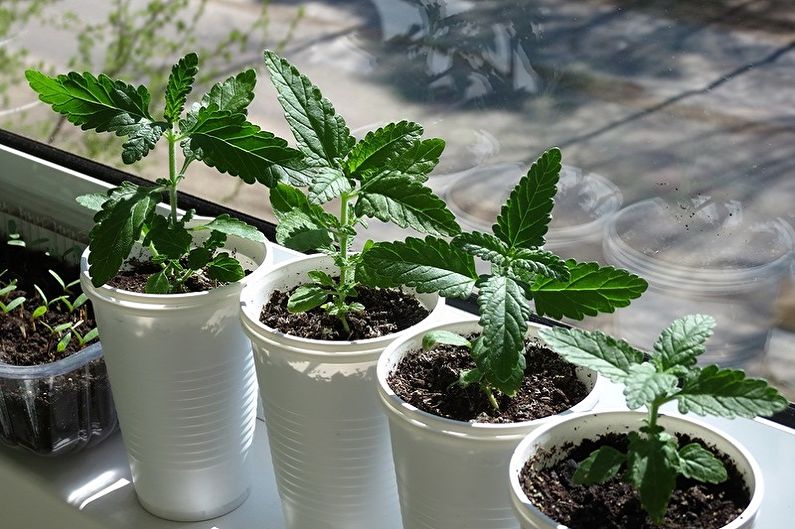
Verbena - photos
Verbena is one of the gardeners' favorites. Its lush color is a stunning decoration not only of home gardens, but also of terraces, balconies and window sills. Flowers planted by a group look especially excellent. We suggest that you familiarize yourself with various types of plants in our photo gallery, as well as draw ideas for designing your own plots. Enjoy watching!

